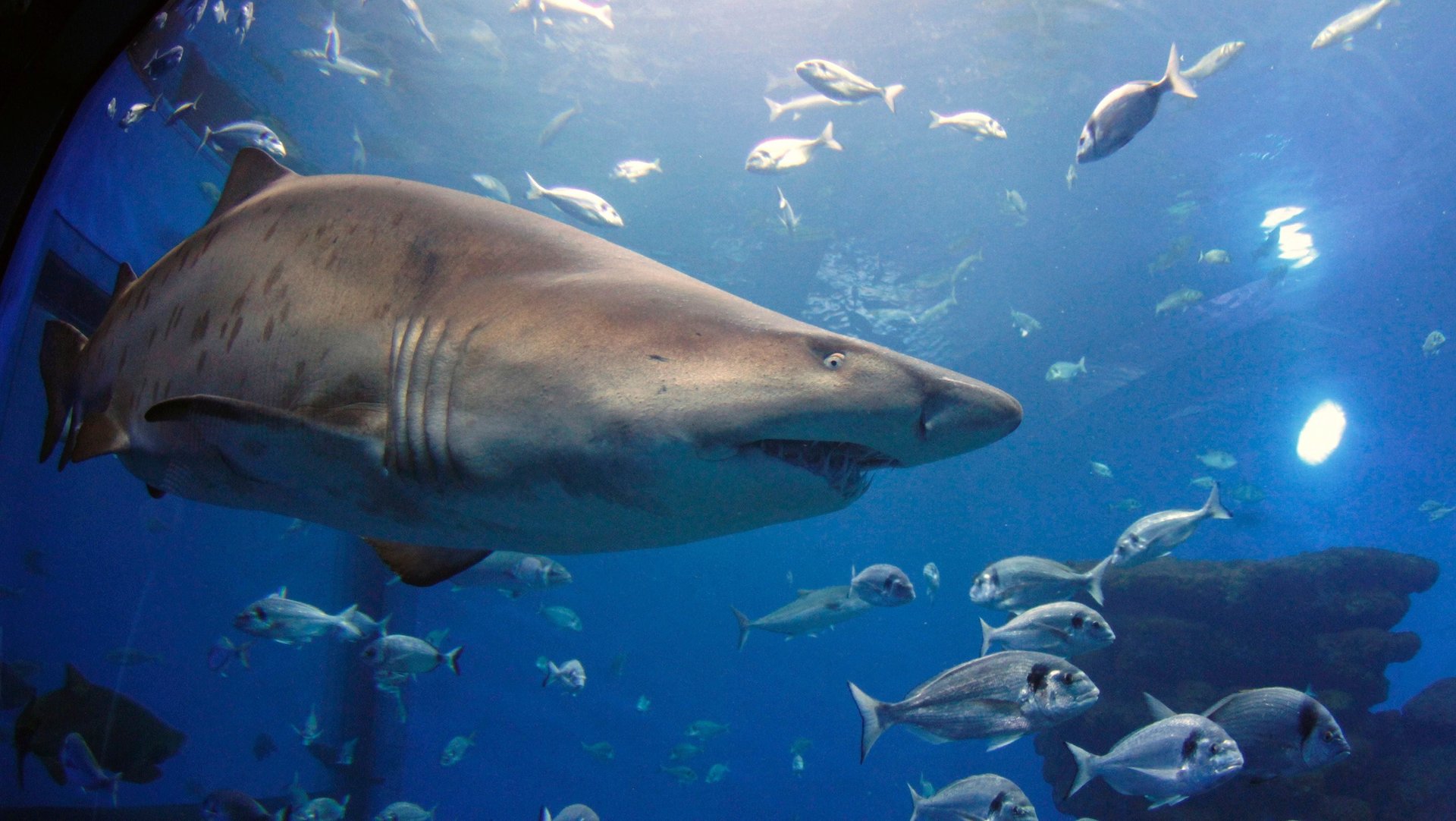The truth about baby sharks: They can be vicious prenatal cannibals
There is no verse dedicated to a brother or sister shark in the megaviral children’s song “Baby Shark.” If the titular shark is a sand tiger shark, that may be because the baby shark will have devoured almost all of its siblings in the womb, ensuring its sole access to prenatal nutrition (and top billing in any subsequent animated music videos).


There is no verse dedicated to a brother or sister shark in the megaviral children’s song “Baby Shark.” If the titular shark is a sand tiger shark, that may be because the baby shark will have devoured almost all of its siblings in the womb, ensuring its sole access to prenatal nutrition (and top billing in any subsequent animated music videos).
For sand tiger sharks, an unforgiving competition for survival starts from the moment of conception. Females in many shark species, sand tigers included, have two uteruses, each of which fills with fertilized eggs after mating.
The first embryonic shark to hatch in each chamber instinctively devours all of the other fertilized eggs on its side of the uterine wall. Having cleared away all sibling competitors, the fetal shark then spends the rest of the pregnancy gorging itself on its mother’s unfertilized eggs, which serve as nutrition during gestation. Its twin in the other uterus is doing the same. When the female gives birth, it is to two live young at once—each about three feet long.
These cannibalistic practices were first realized by a shark researcher in the early 1980s who reached into a dead shark’s birth canal during a dissection and was bitten by a nine-inch-long (and very much alive) fetal shark.
But as scientists are finding, not all shark gestations are as violent as the tiger shark’s. As Ed Yong recently detailed in the Atlantic, Japanese researchers working with a special shark ultrasound machine were surprised to discover the embryos of tawny nurse sharks swimming in between the mothers’ twin uteruses, scavenging unfertilized eggs (but not their fellow fertilized siblings).
For all of the biological inaccuracies in “Baby Shark,” the song gets one thing right: even the smallest baby sharks are voracious eaters.